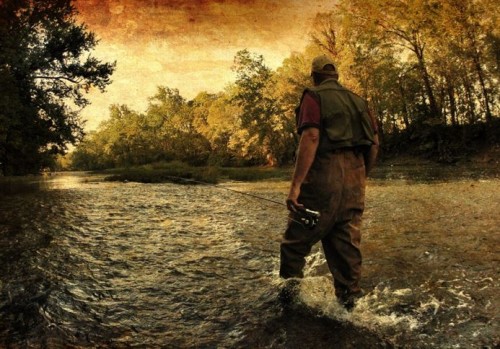3 Of The Most Common And Dangerous Foodborne Diseases
Food! We all do it, we all eat. Not only because we have to in order to survive, but also because we like it. Most cultures are unique when it comes to culinary treats, with at least a couple of dishes to set them easily aside from the rest of the world. Cooking may come in different shapes and sizes, but the raw material is (more or less) the same


